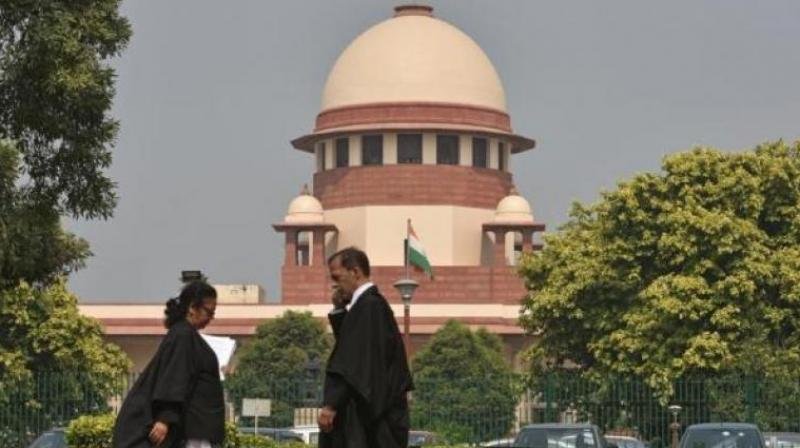Total lunar eclipse to be partially visible in India

இயற்கை அதிசயங்களில் ஒன்றான சந்திர கிரகணம் இன்று மாலை நிகழ்கிறது. இவ்வாண்டில் நிகழவிருக்கும் இரண்டாவது சந்திர கிரகணம் இதுவாகும். சூரியனுக்கும், சந்திரனுக்கும் இடையே பூமி வரும் பொழுது, பூமியின் நிழல், சந்திரன் மீது விழுவது சந்திர கிரகணம் என்றழைக்கப்படுகிறது. இன்று நிகழும் முழு சந்திர கிரகணத்தால், சந்திரன் கருஞ்சிவப்பாக காட்சியளிக்கும் என்று மும்பை நேரு கோளரங்கம் தெரிவித்திருக்கிறது. கடந்த ஏப்ரல் 15-ஆம் தேதி முழு சந்திர கிரகணம் ஏற்பட்டது. அதன் தொடர்ச்சியாக மாலை 5.54 நிமிடங்களுக்கு நிகழவிருக்கும் முழு சந்திர கிரகணம் 11 நிமிடங்கள் மட்டுமே தென்படும்.
Total lunar eclipse to be partially visible in India
A total lunar eclipse, the second and last one of this year, will occur Wednesday, October 8. Star gazers from India will be a little disappointed as they will be able to witness only its last stage as the moon will be below the horizon during most of the eclipse. Though it’s a total eclipse, it would be visible partially in some parts of India and that too for a very short time time towards the end of the eclipse. “The eclipse of moon will begin at 1:43 PM IST when it will enter the penumbral shadow of the Earth. The totality of the eclipse will begin at 3:54 PM and end at 7:05 PM,” Director Nehru Planetarium, Nehru Centre Mumbai Arvind Paranjpye said. The maximum eclipse will be seen at 4:24 PM and the totality will end on 4:54 PM and the moon will leave the penumbra at 7:04 PM, he further said. The celestial phenomenon will be visible in New Delhi for a few minutes-between 5.58 p.m. to 6.04 p.m. For Hyderabad, the Moon will rise at 6 pm. So people can see the eclipse from 6 pm to 6.05 p.m. A total lunar eclipse happens when the moon is completely in the Earth’s shadow, and any light reaching the moon must first pass through the Earth’s atmosphere. Instead of reflecting sunlight, the shadowed moon is bathed in a red light that bends around our atmosphere. The eclipse is the second in a rare series known as the tetrad, in which the moon is completely covered by the Earth’s umbral shadow for four eclipses in a row, as opposed to only partial eclipses that fall in the outer penumbra. The first lunar eclipse of the year occurred on April 15.




